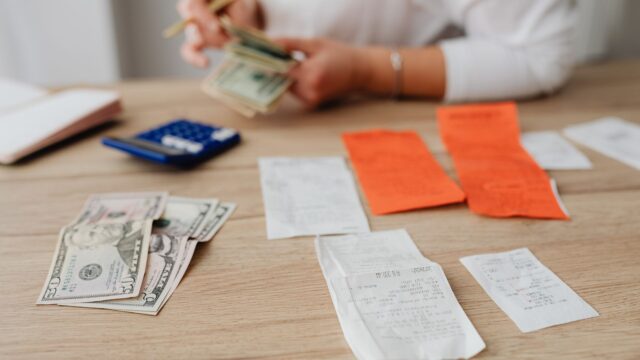
If you’re selling a car, truck, or another vehicle, you’ll need to fill out a bill of sale. This document transfers ownership of the vehicle from the seller to the buyer and includes key information about the sale, such as the sales price. In some cases, you may want to put a lower sales price on the bill of sale than the actual amount you received for the vehicle. Here’s how to do it.
Why Would You Put a Lower Sales Price on a Bill of Sale?
There are a few reasons why you might want to put a lower sales price on your bill of sale. One reason is to save on taxes. When you sell a vehicle, you’re responsible for paying capital gains tax on any profit you make from the sale. Capital gains tax is calculated based on the difference between the sales price of the vehicle and your “basis” in the vehicle—usually, your original purchase price plus any improvements you made to the vehicle.
If you lower the sales price listed on the bill of sale, your capital gains tax liability will be lower as well. Another reason to put a lower sales price on your bill of sale is if you’re selling the vehicle “as is.” When a vehicle is sold “as is,” it means that the buyer is taking ownership of the vehicle in its current condition, without any guarantee from the seller that it’s in good working order. Putting a lower sales price on an “as is” bill of sale makes it clear that the buyer isn’t expecting a perfect vehicle.
Finally, some people put a lower sales price on their bill of sale simply because they don’t want anyone to know how much money they made from selling their car. If you receive cash for your car and don’t report it as income on your taxes, putting a lower number on the bill of sale makes it less likely that anyone will ever find out about your windfall. Of course, this isn’t advisable—if you don’t report income from selling your car (or anything else), you could face penalties from the IRS. But some people do it anyway.
How to Put a Lower Sales Price on Your Bill of Sale
If you’ve decided to put a lower sales price on your bill of sale, there are a few things you need to keep in mind. First, make sure that both you and the buyer agree on the final sales price—don’t just write down one number without consulting with them first. Second, be sure to include all zeroes in front of or after numbers; otherwise, someone could alter them later. For example, if your final sales price is $4,000, write it out like this: 4000—not just 4 or 4k or 4000!.
And finally, initial and date each page of your bill of sale so that no one can add pages later with different information. This will help protect both you and the buyer in case there’s ever any dispute over what was actually agreed upon at the time of sale.
Conclusion:
Putting a lower sales price on your bill of sale can save you money on taxes or help indicate that your vehicle is being sold “as is.” Just be sure that both parties agree to the final sales price before putting pen to paper—and initial and date each page of your contract for extra protection!


































